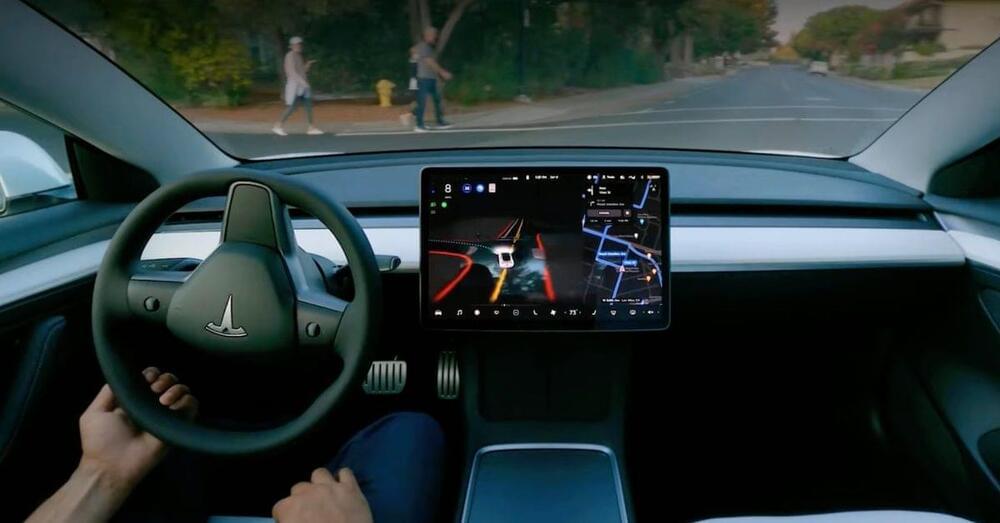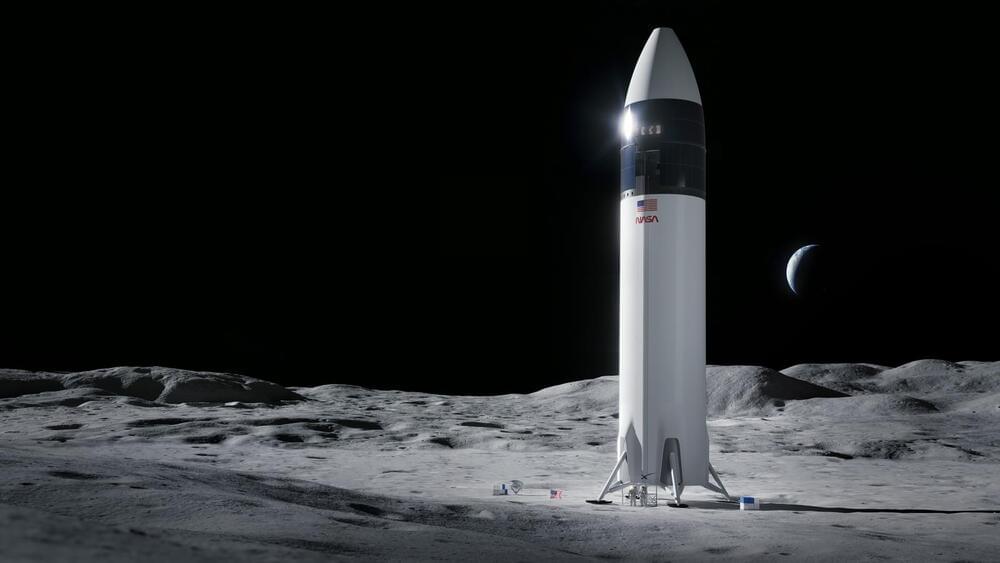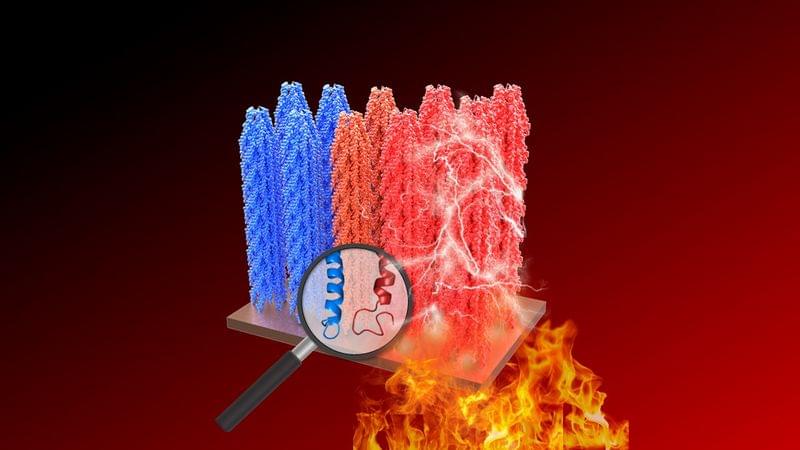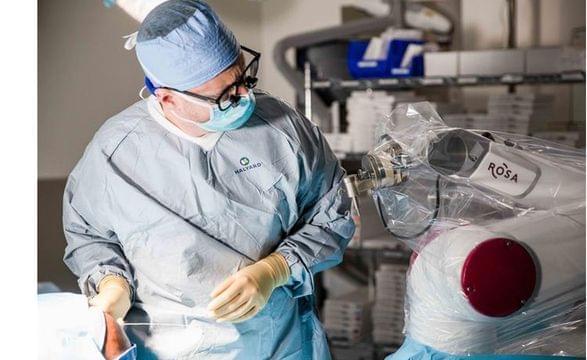In perhaps the most unexpected tech news of the year, billionaire and AI evangelist Sam Altman has been ejected from his CEO role at OpenAI by the company’s board after an apparent vote of no confidence. Its exact wording in a release issued this afternoon: Altman’s “departure follows a deliberative review process by the board, which concluded that he was not consistently candid in his communications with the board, hindering its ability to exercise its responsibilities.”
What the hell is happening at the most hyped company in the world?! Here are some totally speculative theories that occurred to us and others around the web.







